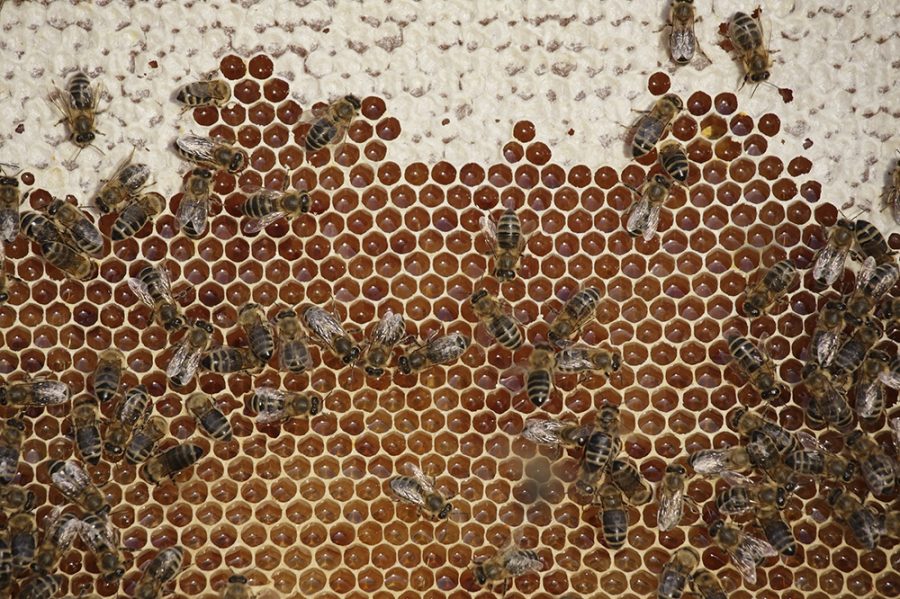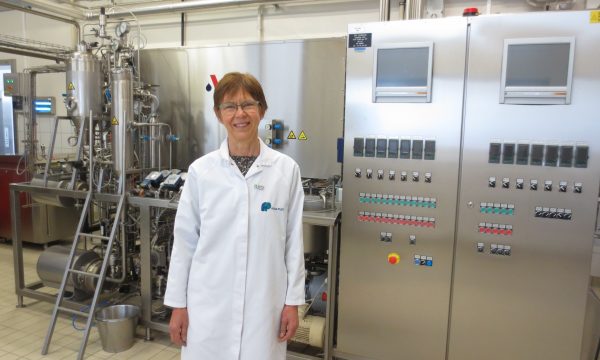News | Publication PFOS in honey

The PFOS contamination in Zwijndrecht, Belgium has been dominating Belgian news. PFOS (perfluorooctane sulfonate) belongs to the group of perfluoroalkyl compounds (PFAS). These compounds are not or hardly biodegradable and accumulate in the food chain and in the body. PFOS is moderately toxic but long-term exposure has been reported to have adverse effects on the liver, development and immune system.
Many beekeepers are therefore concerned about the food safety of their honey. In order to be able to answer the question if honey coming from beekeepers near a PFOS-contaminated zone is safe for consumption, a study was started in the summer of 2021. This involved the collection of honey samples from beekeepers near Zwijndrecht (n=15) and Willebroek (n=2), two regions with PFAS contamination. In addition, 15 honey samples from honeybees located further away (>10 km) from a known PFOS-contaminated zone were also checked for PFAS for comparison. All these 32 honey samples were examined for PFOS and 21 other PFAS components in a specialized German laboratory with liquid chromatography-tandem mass spectrometry (LC-MS/MS) under accreditation.
Of the 4 PFAS compounds (PFOA, PFOS, PFHxS & PFNA) mentioned in the 2020 EFSA Scientific opinion, only PFOS was detected in 3 of the 32 honey samples but without a direct link to a known contamination zone. The highest PFOS concentration was found in honey not originating from the group of 15 honey samples from the Zwijndrecht area, nor from the 2 samples from the Willebroek area.
Striking is the frequent occurrence in honey of PFPeA (in 30 of 32 samples), PFBA (in 26 of 32 samples). The compounds PFBS (in 8 of 32 samples) and PFHxA (in 5 of 32 samples) are only found in honey from bee stands located within 10 km of the 3M site in Zwijndrecht.
The potential toxicity of PFPeA, PFBA, PFBS and PFHxA requires further study.
Conclusion
Only 3 of 32 honey samples tested positive for PFOS, and those had no link to a known PFOS contamination zone. If the safety value of the EFSA standards of 2008 is used, the detected PFOS concentrations do not pose a problem to public health. Based on the stricter tolerance values mentioned in the EFSA scientific opinion of 2020, a food safety problem might occur in case of a large consumption of the most contaminated honey.
A similar study with analyses of beeswax should indicate whether there are problems with PFOS or PFAS contamination in beeswax. As a precaution, the reuse of beeswax from bee stands near known PFAS-contaminated sites for the production of wax foundations is not recommended for the time being, nor is the consumption of pollen from such bee stands.
References
EFSA. 2008. Perfluorooctane sulfonate (PFOS), perfluorooctanoic acid (PFOA) and their salts. EFSA Journal (2008) 653: 1-131. doi: https://doi.org/10.2903/j.efsa...
EFSA. 2020. Risk to human health related to the presence of perfluoroalkyl substances in food. EFSA Journal 18(9): 6223: 1-391. doi: 10.2903/j.efsa.2020.6223


